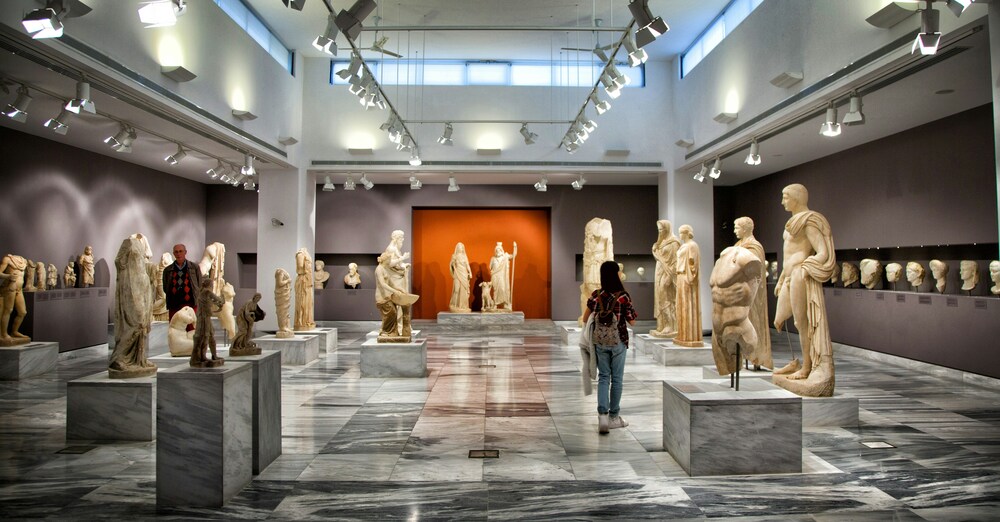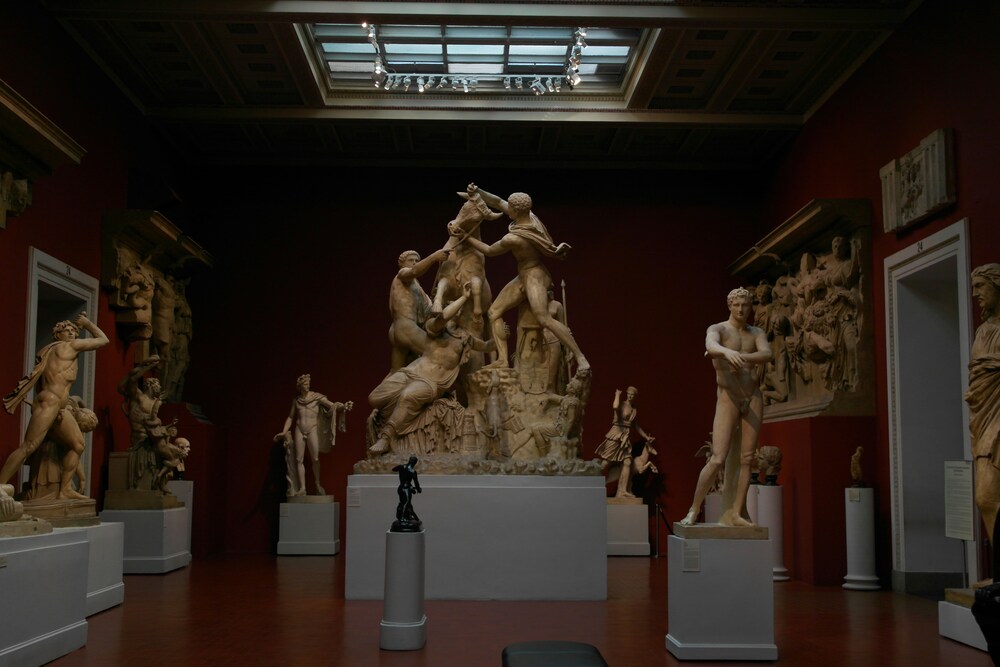- Home
- Articles
- Architectural Portfolio
- Architectral Presentation
- Inspirational Stories
- Architecture News
- Visualization
- BIM Industry
- Facade Design
- Parametric Design
- Career
- Landscape Architecture
- Construction
- Artificial Intelligence
- Sketching
- Design Softwares
- Diagrams
- Writing
- Architectural Tips
- Sustainability
- Courses
- Concept
- Technology
- History & Heritage
- Future of Architecture
- Guides & How-To
- Projects
- Interior Design
- Competitions
- Jobs
- Store
- Tools
- More
- Home
- Articles
- Architectural Portfolio
- Architectral Presentation
- Inspirational Stories
- Architecture News
- Visualization
- BIM Industry
- Facade Design
- Parametric Design
- Career
- Landscape Architecture
- Construction
- Artificial Intelligence
- Sketching
- Design Softwares
- Diagrams
- Writing
- Architectural Tips
- Sustainability
- Courses
- Concept
- Technology
- History & Heritage
- Future of Architecture
- Guides & How-To
- Projects
- Interior Design
- Competitions
- Jobs
- Store
- Tools
- More
How to Curate an Art Gallery Inspired by Ancient Civilizations

There’s a reason museum galleries feel different the moment you step inside.
It’s not just the ambience, it’s the sense that every object has a story, and every wall has been planned to guide you through time.
Translating that feeling into a private gallery, studio, or home space is completely possible.
You don’t need a palace or a massive collection. You need intention, a bit of historical curiosity, and pieces that genuinely connect back to real cultures and moments in time.
Let’s walk through how to build an ancient-civilization-inspired gallery that feels thoughtful, respectful, and visually strong from the very first glance.
Table of Contents
ToggleStart With a Clear Narrative Instead of Collecting Randomly
Before choosing pieces, decide what your gallery represents.
Are you drawn to Egyptian ritual art? Pre-Columbian ceramics? Classical Mediterranean forms? Or a cross-civilization exploration?
A defined narrative helps you:
- Avoid a mismatched “curio shelf” look
- Choose pieces that meaningfully relate
- Plan how much context or labeling your room needs
Thinking in themes—rituals, daily life, burial customs, trade routes—creates structure without making the space feel academic.

Choosing Authentic Pieces From Trustworthy Sources
Once your theme is set, the next step is sourcing objects that carry true historical weight.
Collectors usually look for:
- Authenticity (not modern décor pieces)
- Clear provenance
- Accurate cultural identification
This is why many people rely on established antiquities dealers who specialize in documented artifacts.
For example, collectors seeking ancient objects with reliable provenance often turn to Relic & Rarity, where each piece is cataloged with its cultural and material background. It’s the kind of source that helps you build a gallery grounded in real history rather than guesswork.
When reviewing items, look for precise descriptions—culture, period range, material, and condition notes. The more specific the information, the easier it becomes to integrate the piece into your gallery narrative.
Group Civilizations and Themes With Intention
Ancient art tells clearer stories when displayed in related clusters.
You can group pieces by:
- Civilization — Egyptian, Pre-Columbian, Greco-Roman, Near Eastern
- Function — ritual objects, domestic tools, personal adornments
- Material — stone carvings, terracotta works, faience, bronze
This organization gives visitors a natural “map” of the room. It also helps each group feel cohesive and purposeful rather than scattered.

Plan Layout and Sightlines Like a Museum
Even a small room can feel gallery-level with thoughtful layout choices.
- Place one or two important objects where they’re visible immediately upon entering.
- Give standout pieces space around them so the eye naturally settles there.
- Use varied display heights—wall mounts, low plinths, shelf groupings—to create rhythm.
Negative space matters just as much as the objects themselves. Empty areas give artifacts a visual presence and prevent the room from feeling crowded.
Lighting and Materials Can Change Everything
Ancient objects respond beautifully to warm, directional lighting.
Small, practical adjustments help:
- Use soft, angled lighting to highlight carved details or inscriptions.
- Avoid bright overhead lighting that flattens texture.
- Pair artifacts with simple textures—linen, wood, matte metal—to complement (not imitate) ancient materials.
Good lighting doesn’t just make objects visible; it makes them feel alive.

Add Just Enough Historical Context
One of the most engaging parts of museum design is the short, digestible context around each object.
You can keep it simple:
- Small labels with culture, date range, and material
- A brief wall card explaining a theme (e.g., “Symbols of Protection in Pre-Columbian Cultures”)
- A printed or digital guide that outlines how the room is organized
The goal isn’t to overwhelm people. It’s to spark curiosity and give just enough information to deepen appreciation.
Allow Your Gallery to Grow Naturally Over Time
A collection inspired by ancient civilizations evolves slowly. You might begin with a few Egyptian amulets, add a Pre-Columbian ceramic figure later, and eventually expand to Mediterranean or Near Eastern pieces.
The key questions to ask as you grow:
- Does this object fit the story I’m shaping?
- Is it genuinely authentic and responsibly sourced?
- Does adding it improve the balance of the room—or create clutter?
When the answer supports your narrative, the space becomes a living, shifting conversation with history.
Conclusion: A Gallery That Feels Alive, Not Just Decorated
Creating a home gallery inspired by ancient civilizations isn’t about filling shelves—it’s about building a world.
With a clear theme, authentic pieces, thoughtful layout, and gentle historical context, your space becomes something more than décor. It becomes a quiet, meaningful bridge between past and present.
And the best part? Galleries like this grow with you. One carefully chosen artifact at a time, the room turns into a story you’re curating for years to come.
illustrarch is your daily dose of architecture. Leading community designed for all lovers of illustration and #drawing.
Submit your architectural projects
Follow these steps for submission your project. Submission FormLatest Posts
Balancing Style and Function: Creating Comfortable Spaces Naturally
Creating a space that not only looks good, but also feels comfortable...
How To Choose The Right Chandelier For The Size Of Your Living Room
The right chandelier can transform your living room into a place you...
Space Planning for Industrial Showrooms in Rural Settings
The design of industrial showrooms in rural settings presents unique challenges for...
Efficient Tips To Organize And Protect Items During a Renovation Project
A renovation project can transform a living space, but the process often...











Leave a comment